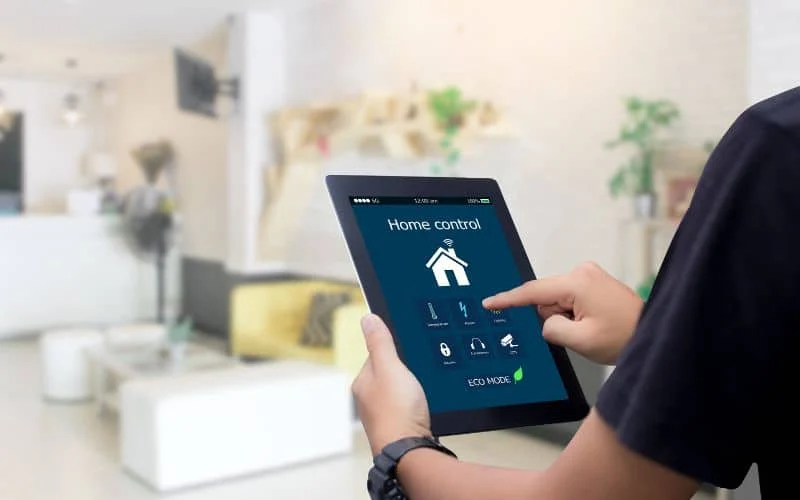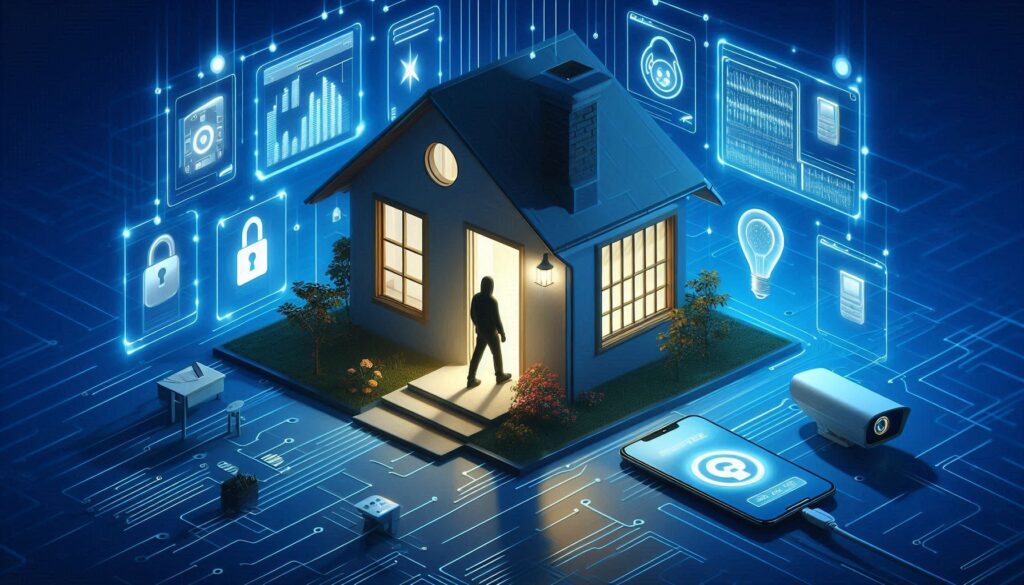Creating a smarter, more efficient living space is the dream of many homeowners. With the rise of smart home remodeling and the growing variety of smart home devices on the market, it’s easier than ever to bring your house into the digital age. However, without proper planning, your smart remodeling project can quickly become a frustrating and expensive endeavor. Here are ten common mistakes to avoid when building your smart home, along with product recommendations to help you get it right.
1. Not Planning for Compatibility
One of the biggest mistakes in smart home remodeling is overlooking device compatibility. Many homeowners install smart home devices from various brands only to find they don’t communicate well with each other. Choosing a consistent ecosystem—like Alexa, Google Assistant, or Apple HomeKit—can make a huge difference in long-term functionality.
Additionally, consider future smart home additions when planning your system. AI home devices and smart hubs that work across platforms ensure your system can grow as new technologies emerge. Being proactive about compatibility helps you avoid the hassle of replacing devices later on.
Recommended Product: Tp Link Tapo Smart Wi-Fi Door Lock – Tapo DL110
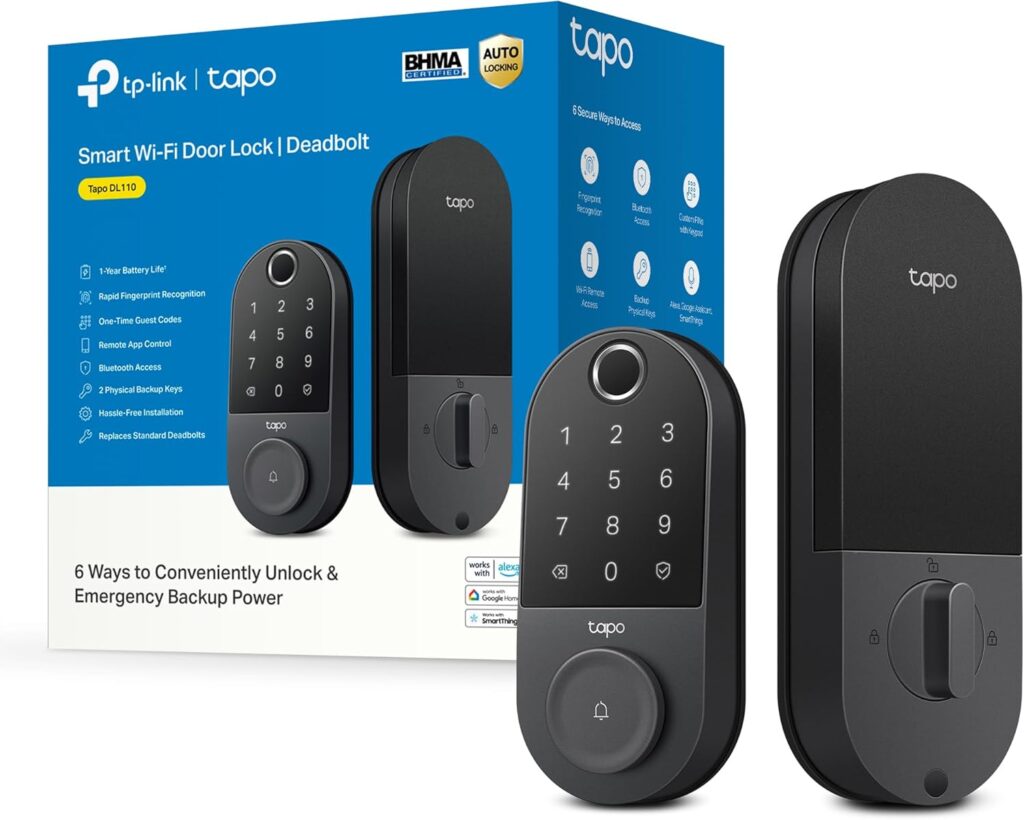
2. Skipping the Network Upgrade
A strong, reliable internet connection is the backbone of any smart home. Unfortunately, many homeowners dive into smart home remodeling without considering their current Wi-Fi setup. Weak signals or outdated routers can lead to frequent disconnections and performance issues.
Upgrading to a mesh network or Wi-Fi 6 router can greatly enhance the performance of your AI home devices. Especially when you’re adding bandwidth-hungry smart home additions like cameras and streaming hubs, a robust network is essential for smooth operation.
Recommended Product: Amazon Echo Pop Smart Speaker with Alexa

3. Ignoring Security Protocols
With convenience comes responsibility—security is often ignored in smart remodeling. Many users leave default passwords on smart devices, making them vulnerable to hacking and breaches.
To secure your smart home, enable two-factor authentication, regularly update firmware, and install firewalls. Smart home devices collect a lot of personal data, so implementing strong security practices should be an integral part of your smart home remodeling plan.
Recommended Product: SwitchBot Smart Door Lock
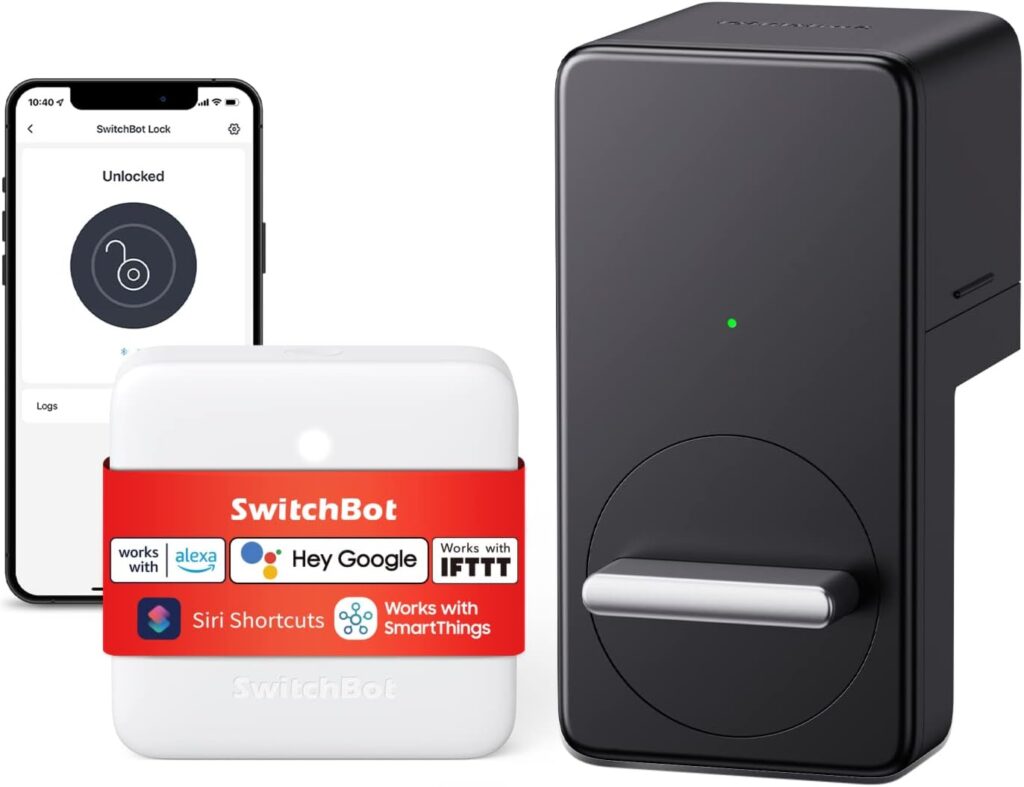
4. Going Too Cheap
While it’s tempting to save money, going too cheap on smart home additions often leads to disappointment. Low-cost devices may lack support, have poor integration capabilities, or pose security risks.
Invest in reputable brands with a history of reliability in the smart home devices space. It may cost more upfront, but you’ll save time, reduce frustration, and enjoy a better overall smart remodeling experience.
Recommended Product: ecobee Smart Thermostat Premium
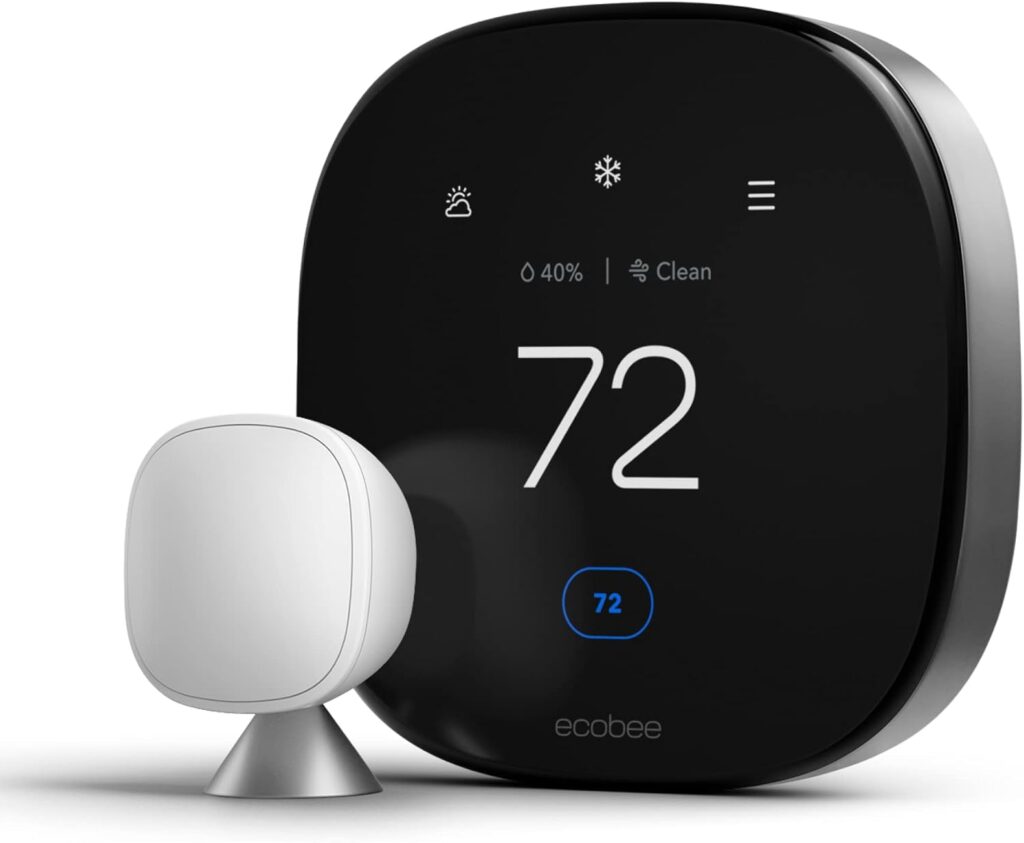
5. Over-Automating Everything
Just because you can automate something doesn’t mean you should. A common smart remodeling mistake is overloading your home with automations that are confusing or unnecessary.
Start small—perhaps with lighting or security—and expand based on your actual needs. Thoughtful smart home additions, instead of flashy gimmicks, will make your AI home devices more useful and less annoying.
Recommended Product: Lutron Caseta Wireless Motion Sensor
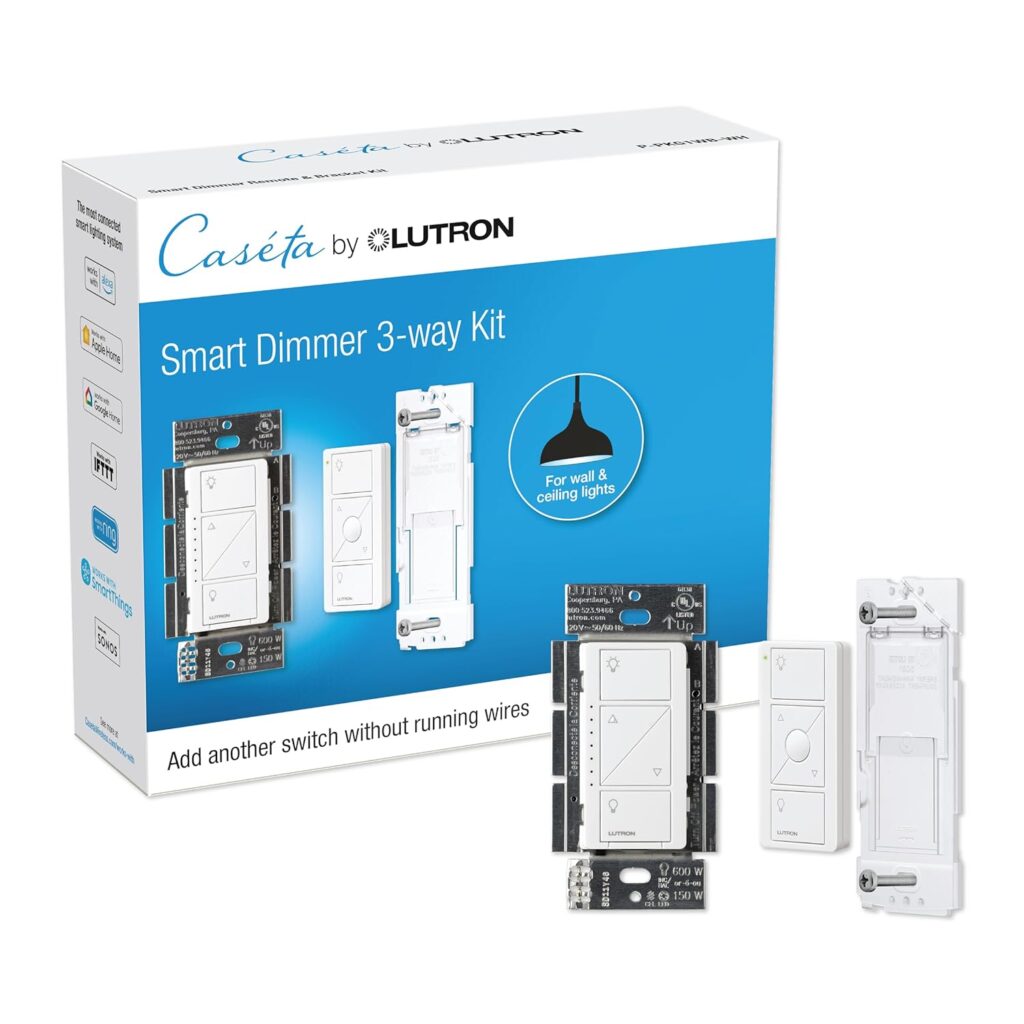
6. Poor Device Placement
Smart home devices need proper placement to function effectively. Cameras facing bright windows, sensors behind furniture, or routers hidden in closets can render your system useless.
During smart home remodeling, plan your layout to accommodate ideal device positioning. Good placement ensures better signal strength, accurate readings, and smoother integration of your smart home additions.
7. Forgetting Power Needs
Many smart devices require constant power, and homeowners often forget this during installation. Overloading circuits or lacking outlets can turn your smart remodeling dreams into a logistical headache.
Map out your power needs early and consider adding extra outlets during your smart home remodeling. Battery backups for critical AI home devices can also provide peace of mind in case of outages.
8. No Backup or Manual Control
What happens when the internet goes down or the power cuts out? Relying entirely on smart automation without manual overrides is a major flaw in many smart home additions.
Choose devices that offer physical switches or manual control modes. Smart home remodeling should include fail-safes to ensure your household doesn’t grind to a halt during a tech hiccup.
9. Not Considering Future Expansion
Smart homes aren’t static. Failing to plan for future smart home additions can box you into a setup that’s hard to expand. Whether it’s adding new rooms or adopting new technologies, flexibility is key.
Use modular systems and open standards to future-proof your smart remodeling project. AI home devices evolve rapidly, so make sure your foundation is built to support tomorrow’s innovations.
10. DIY Without Research
DIY can be rewarding, but jumping into smart remodeling without thorough research often ends in frustration. Miswiring, bad app configurations, or poor network setups are common results of rushed DIY jobs.
Take the time to read manuals, watch tutorials, or consult experts before integrating smart home devices. An informed approach leads to a smoother setup and a smarter, more connected home.


